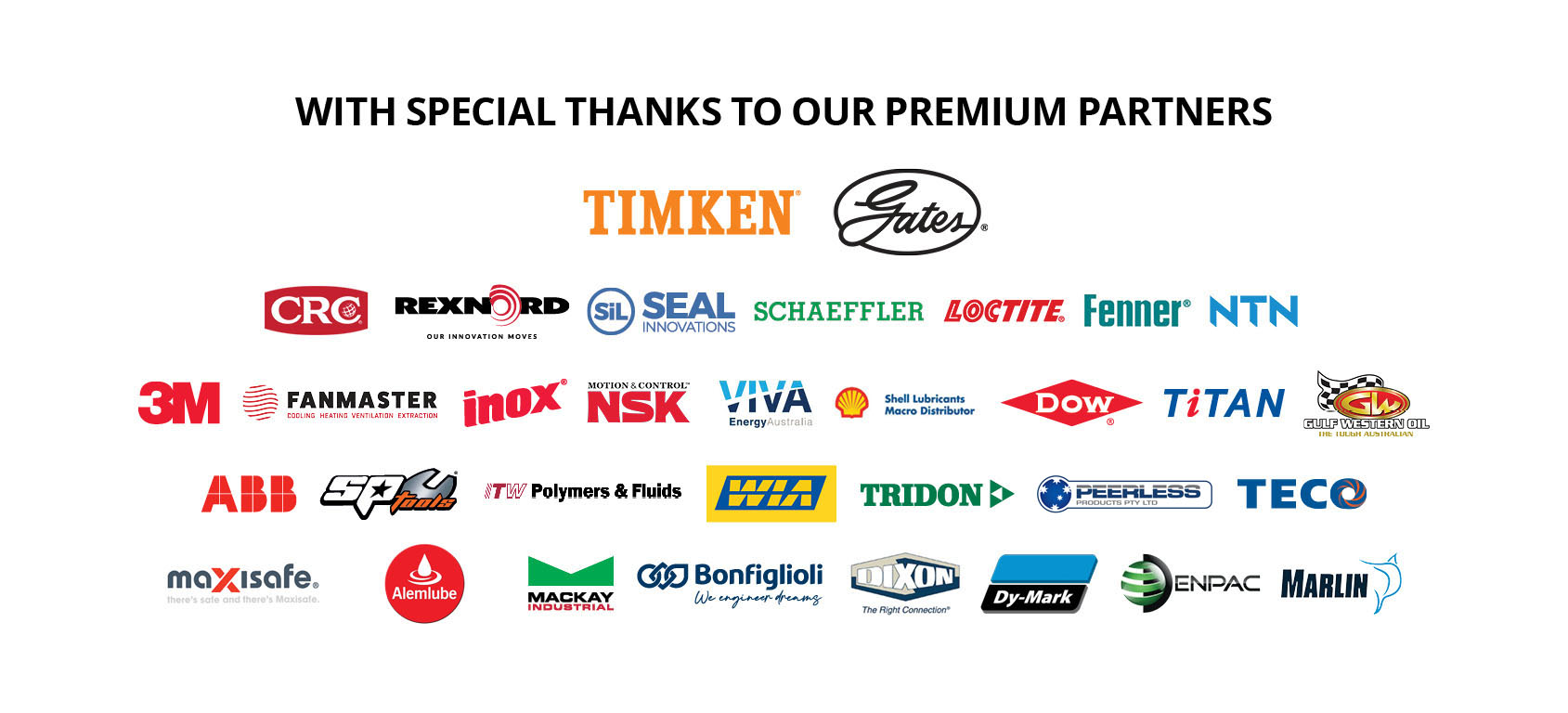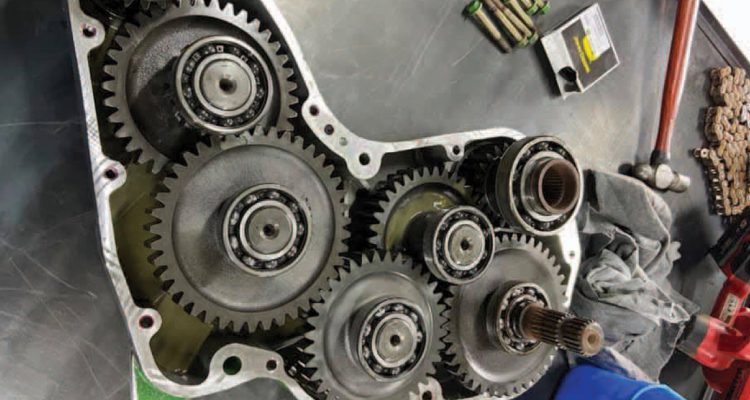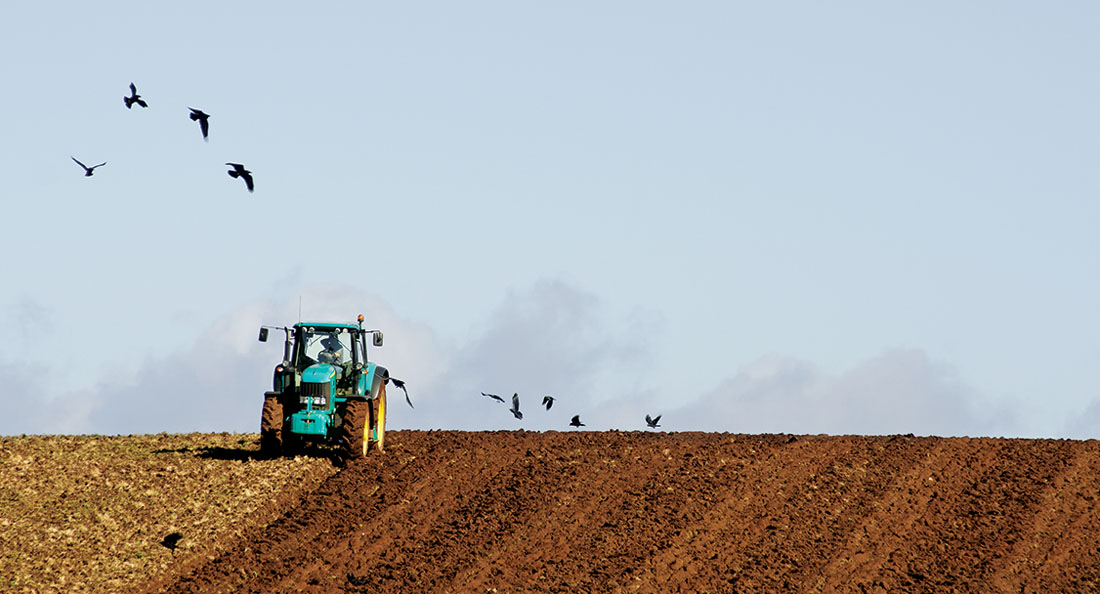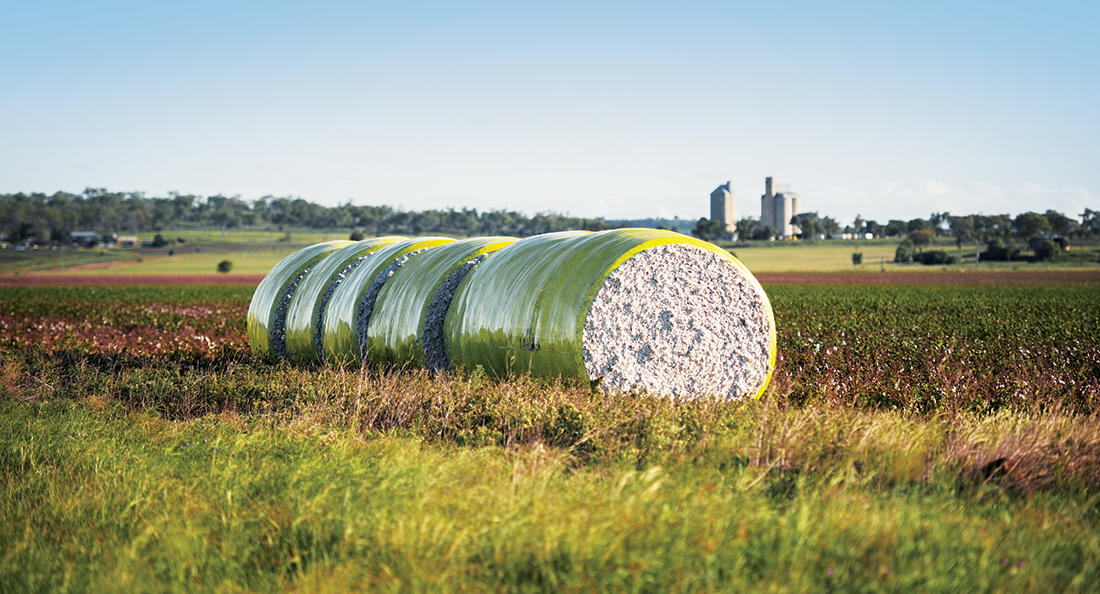“Prevention is better than cure, when it comes to header bearings,” says Shaun Thorneycroft, Director of Precise Header & Ag Repairs. He has been in the header repair business for more than 18 years, before starting a joint business venture with his wife in 2017, servicing and repairing John Deere headers.
“Since we started out, we have expanded in a good way. We have been getting busier with every year. Right now, we have about 72 headers on our books,” he explains. “I start repairing my first header mid-December and it takes me right back through the middle of the following October. I travel about 250km in all directions for work. It’s a year-round gig.”
According to Shaun, the biggest challenge he faces is getting parts, which is where he relies on BSC Swan Hill on the supply side. To meet his customer’s needs, he requires a quick turn-around time on receiving the right parts.
“BSC is unreal at providing fast service and having stock on hand. Usually, if I need a part, the guys at Swan Hill can get it on a courier to me the same day,” he stresses. “A header takes a full day to pull apart and then it takes at minimum another day to put back together. We go over it with a fine-tooth comb. We go in and pull out every belt, every chain, all the bearings, all the augers, and run over it with a torch and crowbar.”
For the bearings on the John Deere machines, Shaun uses NTN bearings supplied by BSC.
“The NTN bearings go on the shaker pans on the header. The shakers are two big pans that separate your grain,” he explains. “If these bearings fail, they can cost thousands of dollars in repair damage to the farmer.”
Moreover, Shaun says he typically replaces a bearing every two years, if not once per year. “I grease the bearing once and then replace it next time,” he says.
Elaborating on the bearing maintenance process, he says, “For example if I replace the bearing this season, next year, I will drill and make a small hole in it and regrease it. The year after that, I will replace it. Risking any further wear is not worth the risk of a bearing failure.”
According to Bryden Coote , Branch Manager for BSC Swan Hill, this type of approach to maintenance is typical among those working in the farming sector.
“Doing this type of top-down, bare-bones, maintenance is one way that farmers keep their costs down,” he stresses. “During the harvest season, header and harvesting equipment gets used under extreme operating conditions which requires high quality reliable bearings, this is why NTN is the choice brand for some AG OEMs.”
Bryden also highlights the availability of various types of NTN bearings for header applications including, deep groove ball bearing, wide inner ring bearings and Tapered Roller bearings.
“We have found NTN to be a very reliable bearing for all harvesting conditions whether it is to keep contaminants out like dust or moisture and even high temperature NTN bearings handle with ease anything thrown at it.”
One of the most common reasons bearings fail is due to contamination getting to the bearing, whether it be dust, chaff or moisture this type of ingress will lead to premature failure and costly downtime. NTN’s superior sealing has demonstrated the ability to withstand these hash conditions and increase the overall life cycle of the bearings.
Depending on the weather cycle, the harvest is affected by dry and dusty conditions, or heavy rainfall.
“Rain fall is a big factor in our line of work,” says Shaun. “Simply put, as long as the rain keeps coming during the winter and spring period, then we can expect a good harvest season.”
NTN Bearings Features and Benefits
• Load capacity of the world’s highest level
• Maximising the size and the number of the rollers achieved high load capacity and long life.
• Basic dynamic load rating: max. 20% up (vs. our conventional bearing)
• Long life: max. 2X (vs. our conventional bearing)
• High strength cage, modifying its shape and incorporating staggered pockets increased cage strength. Cage strength: max. 55% up (vs. our conventional bearing)
• Low heat-generation, optimising internal bearing design including curvature reduced temperature rise. Temperature rise: max. 10% down (vs. our conventional bearing)
• Heat resistant up to 200˚C. Being heat-treated by a special method, these bearings exhibit excellent dimensional stability at high temperatures, contributing to extended service life.




